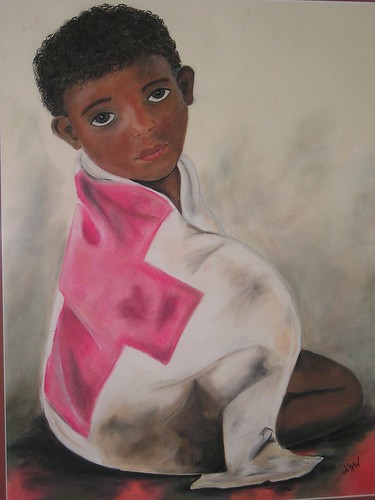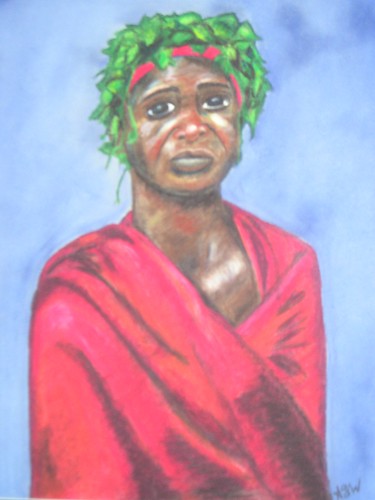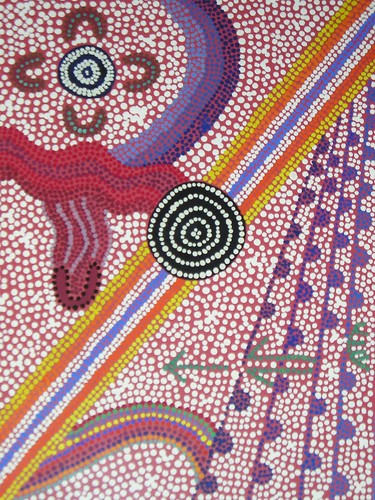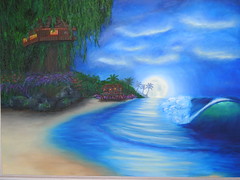It's a question I get asked all the time and a question I continue to ask myself at least 2 to 3 times a day while I am here. When the water goes out for 4 days at a time, when our team gets kicked out of a home we are trying to study, when I see a child defecate on the side of the road - The question is the same: "What the f*** am I doing here?!"
It's an impossible question with many different answers, but I will do my best to give you the simplest one...
First, a bit of background: While diarrheal disease is uncommon and easily treatable in the "developed" world, it is a common cause of death in developing countries. Diarrhea due to infection can last a few days or sometimes several weeks, Diarrhea is actually a symptom of an infection caused by bacterial, viral, or parasitic organisms (many of which are found in contaminated drinking water). Diarrhea disease is common in areas where there is a shortage of clean drinking water.
Diarrhea causes rapid depletion of both water and sodium. if the water and salts are not replaced quickly, the body becomes dehydrated. Severe diarrhea is often life threatening to infants an young children due to the amount of fluid lost. The World health Organization estimates that dehydration caused by diarrheal disease is responsible for 1.8 million deaths per year; 90% of these deaths occur among children under 5, mostly in developing countries (2004).
The research I am working on here focuses on the link between health outcomes and water quality. Many slum communities do not have access to running water most of the day. Instead, there is about a period of 4 hours when families must collect enough water to use throughout the day. Water must be collected for everything: showering, cooking, drinking, laundry, and cleaning. because water can only be collected during a set time, it must be stored all day. Past studies have shown that water coming from the tap is relatively clean and safe to drink. However, stored water is often very contaminated.
For this reason, many educational interventions focus on promoting water treatment options (boiling, filtration, chlorine, etc) and safe water storage methods (covering water, distinguishing between drinking water and water used for other things, etc). Additionally, treatment options are often expensive, time consuming, and potentially unnecessary.
This summer, our team is trying to determine at what point throughout the day water contamination occurs. We want to understand what happens to the water from the time it comes out of the tap to the time it is consumed. Once we ave a more nuanced understanding of how water is used, we may be able to design a more appropriate intervention for this particular community.
To do this, we are conducting a number of in home observations and testing the quality of the water. What does this mean? Usually it means we go into the community around 6am when the family collects water so that we can test it right when it comes out of the tap. We then spend 4 to 5 hours inside the home just observing. We watch how water is handled, what it is used for, and how it is stored. We also take a number of additional water samples throughout the day so that we can try to determine what is causing contamination and when.
Sound like an impossible challenge? It definitely feels that way at times! but, we have already learned so much and many of our previously accepted assumptions are being flipped upside down. needless to say, we are all really excited about the result and what they will mean for future health interventions.
Well, that was a snapshot of my project! And one answer to the impossible question.
Love from Mumbai
Saturday, July 10, 2010
Subscribe to:
Posts (Atom)













